|
|
|
|
|
|
|
|
Photo Gallery for Chelonia mydas - Green Sea Turtle
| 14 photos are shown. |
 | Recorded by: R. Newman
Carteret Co.
Comment: |  | Recorded by: B. Fleming
Carteret Co.
Comment: |
 | Recorded by: B. Fleming
Carteret Co.
Comment: |  | Recorded by: B. Fleming
Carteret Co.
Comment: |
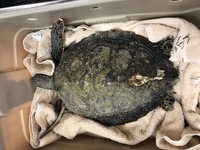 | Recorded by: B. Fleming
Carteret Co.
Comment: | 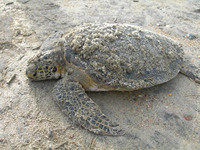 | Recorded by: R. Newman; P. Terry
Carteret Co.
Comment: |
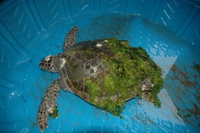 | Recorded by: K. Womble
New Hanover Co.
Comment: | 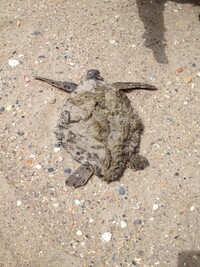 | Recorded by: K. Womble
New Hanover Co.
Comment: |
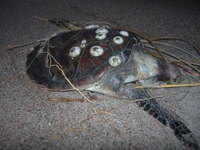 | Recorded by: Newman, Randy; Newman, Hunter; Newman, Garrett
Carteret Co.
Comment: | 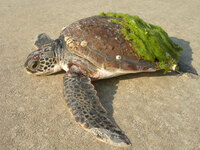 | Recorded by: Newman, Randy & Branch, Paul
Carteret Co.
Comment: |
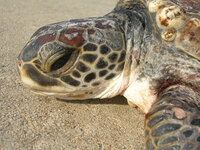 | Recorded by: Newman, Randy & Branch, Paul
Carteret Co.
Comment: | 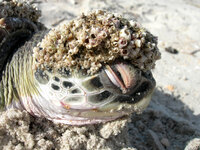 | Recorded by: Newman, Randy & Fullwood, John
Carteret Co.
Comment: |
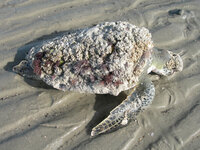 | Recorded by: Newman, Randy & Fullwood, John
Carteret Co.
Comment: |  | Recorded by: Newman, Randy & Fullwood, John
Carteret Co.
Comment: |
|
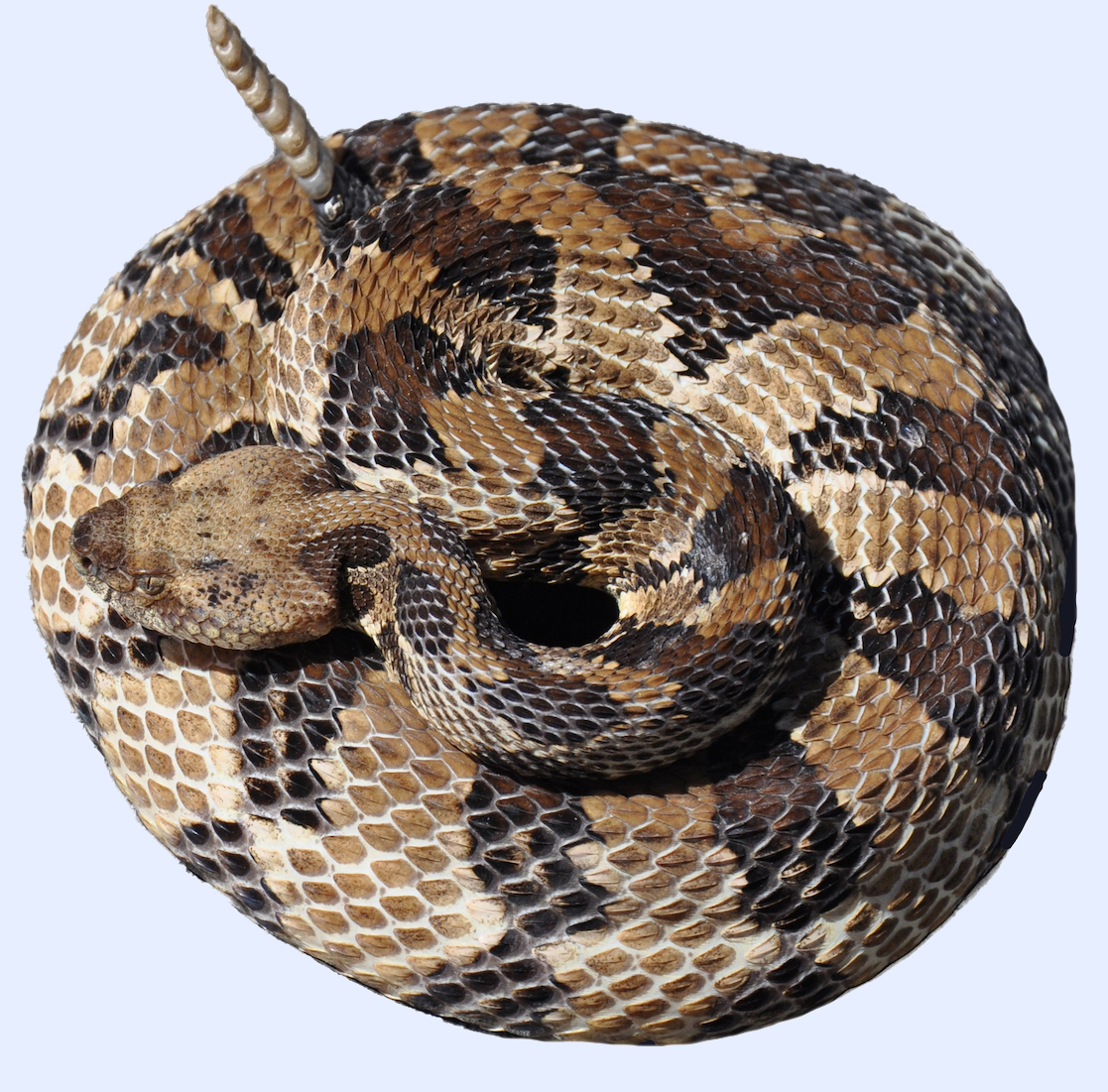
 »
» 


 »
» 
